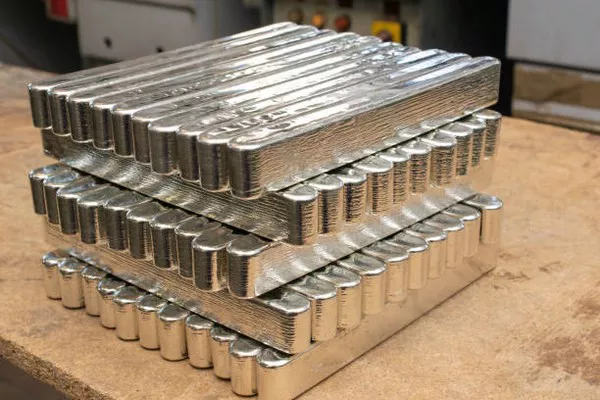In the realm of thrift store treasure hunting, few finds are as exhilarating as stumbling upon genuine silver pieces. Whether you’re a seasoned collector or a novice enthusiast, knowing how to identify silver amidst a sea of items can turn a casual browsing session into a rewarding adventure. This guide aims to equip you with the knowledge and tools necessary to confidently spot silver at thrift stores, ensuring that you can discern valuable pieces from mere silver-plated or stainless steel items.
Understanding Silver
Silver, prized for its lustrous appearance and malleability, has been used for centuries in crafting jewelry, flatware, and decorative items. Pure silver is too soft for practical use, so it is often alloyed with other metals such as copper to increase its durability. Common silver alloys include sterling silver (92.5% silver, 7.5% copper) and coin silver (around 90% silver).
Tools of the Trade
Before diving into the thrift store aisles, consider equipping yourself with a few essential tools:
Magnifying Glass: Useful for examining hallmarks and tiny details.
Magnet: Silver is non-magnetic, so a magnet can help distinguish it from other metals.
Jeweler’s Loupe: Provides a closer look at intricate markings and patterns.
Hallmark Guide: A reference book or smartphone app to decipher hallmarks.
Identifying Silver
1. Look for Hallmarks
Hallmarks are stamps or marks indicating the silver content and sometimes the maker’s mark. Common hallmarks include:
Sterling: Often marked with “925” or “Sterling.”
Coin Silver: Typically marked with “900,” “Coin,” or “Coin Silver.”
International Marks: Look for hallmarks like “800” (European silver) or “950” (Japanese silver).
Maker’s Mark: Indicates the silversmith or manufacturer.
Hallmarks are usually found in inconspicuous places such as the underside of flatware handles, the inside of rings, or the back of jewelry pieces.
2. Check for Tarnish
Silver tarnishes over time, developing a dark patina. While some thrift stores may clean items before displaying them, tarnished silver items are more likely to be genuine. Look for areas where tarnish has settled, as it indicates the presence of real silver.
3. Perform the Ring Test
Genuine silver rings produce a distinct, lingering ring when tapped lightly with a finger or a small object. This resonant sound sets them apart from other metals, which may produce a dull thud.
4. Examine for Wear
Authentic silver items often show signs of wear consistent with their age and use. Look for areas where silver plating may have worn off, revealing a different metal underneath, or where patterns have softened over time.
Types of Silver Items to Look For
1. Flatware and Cutlery
Silver flatware sets are commonly found in thrift stores. Check the handles and backs of forks, spoons, and knives for hallmarks. Complete sets or individual pieces can be valuable, especially if they are from well-known makers.
2. Jewelry
Thrift stores often have a selection of jewelry, including rings, bracelets, necklaces, and earrings. Look for hallmarks on the inside of bands or clasps. Pay attention to gemstones as well; precious stones paired with silver can increase value.
3. Home Decor Items
Silver tea sets, trays, candlesticks, and bowls are sometimes donated to thrift stores. Carefully inspect these items for hallmarks and signs of authenticity. Larger items like silver pitchers or vases can fetch a premium if they are genuine silver.
Tips for Thrift Store Shopping
Visit Regularly: New items arrive constantly, so frequent visits increase your chances of finding silver.
Ask Staff: Inquire if they have a designated area for silver or if they’ve seen any recently donated items.
Bring Your Tools: Use your magnifying glass or loupe discreetly to inspect items closely.
Educate Yourself: Continuously expand your knowledge of silver marks and styles to improve your spotting skills.
See Also The Purity and Prestige of AG 999 Silver
Conclusion
Navigating thrift stores in search of silver treasures can be a thrilling and rewarding experience. By familiarizing yourself with silver hallmarks, using basic tools, and honing your observation skills, you can increase your chances of finding valuable silver items amidst the eclectic mix of merchandise. Remember, patience and persistence are key virtues in the world of thrift store treasure hunting. Happy hunting!


